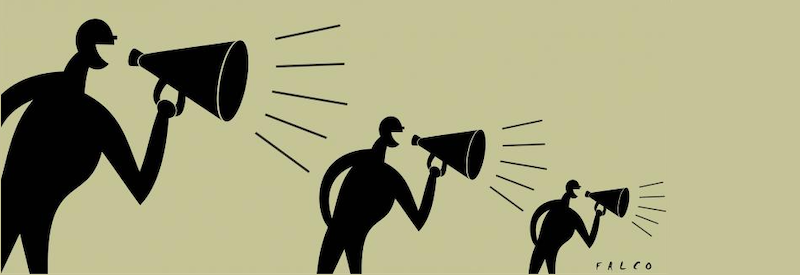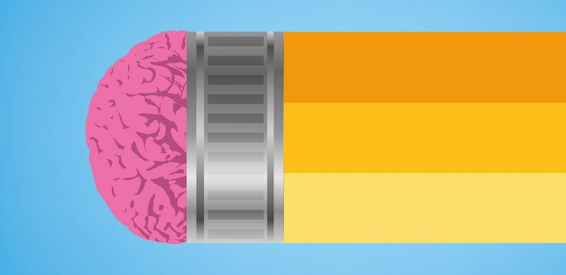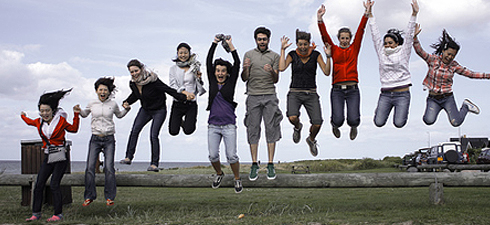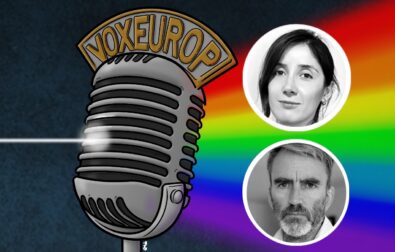When I ask what the Højskole means to him, Ole Dedenroth, the headmaster of one such place in Brenderup, Denmark, bursts out laughing. Then, after delicately balancing his cup of coffee on the saddle of his bicycle, he begins to trace a word with his finger: "inspiration". Then he adds: "and to inspire". In Dedenroth's opinion, more often that not, education is synonymous with obligation. Of course, the school must be open to all - that is a right and a duty - but why not associate the school with the concept of pleasure and fun? "In the Højskole," Ole remarks, "you learn what you want to learn. We do not drill in the grand truths but instead help students to use the appropriate tools to search and find the answers to their questions."
Syllabus, what syllabus?
The "folk high school" concept is a uniquely Danish innovation. Founded by the pastor Nikolaj Frederik Severin Grundtvig in the 19th century, these institutions work on the principle of learning through dialogue and social interaction. Diplomas are not awarded to pave the way to a glorious career, but students get stuck into "life" to integrate new skills, while also evolving within a group, becoming more mature and more independent, embracing the values of democracy and equality.
Each school bases its teaching around particular subject areas, with a strong artistic presence in each. In Brenderup, for example, students have the choice of many core subjects including folk music, art, Danish language or international relations. In addition, numerous options are proposed including most notably initiation courses in Danish, English, debating workshops and other more practical topics, such as designing recycled products, pottery... While these subjects are more vocational, entire days can otherwise be spent learning about food and nutrition or "how to practice safe sex". Weekly interculturalist workshops are also part of the programme, and students can organise or participate in physical activities of all sorts: football, volleyball, badminton...
The right to be wrong
There are just two criteria you need to satisfy in order to enrol in one of these schools: firstly, you must be more than 17 years of age, and secondly, you must be able to speak a language enabling you to communicate with everyone else (Danish, English and less rarely, German). All nationalities are welcome, and although the schools are private, they are part-financed by the state through scholarships or grants delivered directly to the schools. Each establishment must ensure that a majority of its students are Danish (or from Greenland), but after that enrolment suffices to obtain a student visa for non-European citizens.
The average age of the students is 24, and stays at the establishment vary from four to ten months. Students that you meet there have very different life stories and future ambitions, like Anne Marie from Germany, who is spending four months here. "I finished high school in July," she explains. "In Germany it is quite common to take a gap year between final exams and beginning university." Sigmar, 17, is from the faraway island of Iceland. "I was coming to the end of my studies at high school," he echoes. "I began to ask myself whether going to art school was really what I wanted to do 'when I grow up'. So I also decided to spend four months here in this school, to see whether art was really my calling in life." At 27, Marco, a Mexican, is the oldest student and also one of the first at the school. "Here," he says, "you can develop ideas and projects, and you also have the right to get it wrong."
Valeria Zincone Translation by Andrew Burgess
Do you like our work?
Help multilingual European journalism to thrive, without ads or paywalls. Your one-off or regular support will keep our newsroom independent. Thank you!












